Low Carb Sourdough Starter Magic and Science Explained

A low carb sourdough starter is more than just a modern innovation—it’s built on the foundation of centuries-old sourdough traditions.
While we use our low carb sourdough starter to craft delicious, health-conscious breads and baked goods today, understanding the history and science behind traditional sourdough starters offers insight into how this ancient culture has evolved into the low carb version we know and love.
In a world where everything feels disposable and fast-paced, the sourdough starter stands out as something truly magical. This living organism, some as old as 4500. BC have been carefully passed down from one baker to another, preserved through generations.
In an era where much human knowledge is replicated by AI, the sourdough starter remains irreplaceable. Therefore, our low carb sourdough starter is also irreplaceable and distinct.
In this article, we explore the fascinating magic and science behind how these starters can survive, how they hold the echoes of the past, and how you can bring a low carb dehydrated starter to life to honor this history and culture.
Sinless Sourdough™: A Global Heritage Collection of Low Carb Dehydrated Sourdough Starters
Sinless Sourdough™ Process
The dehydrated sourdough starters undergo a trademarked process to transform them into low carb versions for baking low carb breads, baked goods, and low carb high protein sourdough discard recipes. These special starters all begin as heirloom cultures from around the world. Not all starters can be transformed into a low carb version. The strains are carefully selected in order for them to thrive and be fed alternative low carb ingredients.
Global Sourdough Traditions
In China, there’s a unique sourdough starter used to make mantou (steamed buns) and jiaozi (dumplings), while in Russia, the famous rye starter is used to create traditional black bread. These global starters share a common thread: they are living cultures that have evolved in specific environments, shaped by local ingredients, their terroir, and generations of bakers.
Sourdough in North America
When we turn our attention to North America, the history of sourdough takes on a particularly iconic role, especially during the California Gold Rush and the Yukon Gold Rush.
The Role of Sourdough in the Gold Rush
During the mid-1800s, miners and pioneers embarking on long, arduous journeys needed a reliable, sustainable food source that could survive harsh conditions without spoiling. Sourdough became their lifeline, a trusty companion that could withstand the trials of time, distance, and the elements.
Interestingly, it wasn’t just bakers who carried sourdough; miners, pioneers, and settlers would often carry sourdough starters with them across vast distances. These hardy cultures were passed from miner to miner, baker to baker, and were essential to survival in the rugged frontier. Whether on horseback or by foot, these miners would transport their precious starter with them, carefully nurturing it along the way.
Shaping of American Starters
The sourdough starters that accompanied these early adventurers were shaped by the environment they encountered. The type of flour used—whether wheat or rye—varied by region, as did the mineral content of the water and the ambient temperature. These factors contributed to the unique flavor profiles and resilience of the starters, which were adapted to thrive in the distinct environmental conditions of North America.
Westward Expansion and Regional Sourdoughs
As settlers moved westward during the Gold Rush, they carried their sourdough starters with them, leading to a growing diversity of sourdough styles across the continent.
For example, sourdoughs that thrived in San Francisco became world-renowned for their signature tangy flavor, largely influenced by the city’s foggy, cool climate and unique wild yeast strains. The California Gold Rush led to the popularization of San Francisco’s sourdough bread, which has since become a symbol of regional identity and culinary tradition.
Meanwhile, in the Yukon Gold Rush, miners also relied on their sourdough starter as a means to sustain themselves through the harsh, cold winters and difficult travel. The Yukon version, like other early sourdough starters, was passed down through generations of miners, preserving a vital piece of history in the harshest of environments.
These early starters were not just survival tools; they were integral to preserving a cultural heritage. In a way, every loaf of sourdough made from these starters became a reflection of the struggles, triumphs, and resilience of those early North American pioneers.
What Exactly Is Your Low Carb Sourdough Starter?
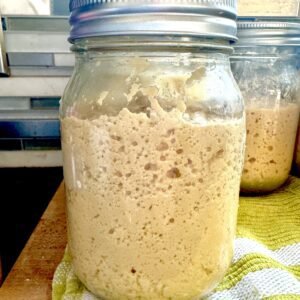
A low-carb sourdough starter is the key ingredient for making low-carb sourdough breads, baked goods, and sourdough discard recipes. It uses a fermentation process with wild yeast and lactic acid bacteria, reducing starches and carbs. This makes it perfect for those on a ketogenic or low-carb diet. The starter typically includes low-carb flours like almond flour or coconut flour and ferments for several days to develop beneficial microorganisms.
This keeps the bread’s carb count low while maintaining the tangy flavor of traditional sourdough. The starter is a living culture that must be regularly fed and nurtured to stay effective. By maintaining it, you’re preserving a tradition, creating a piece of history that can last for generations.
What Is Your Low Carb Sourdough Starter And It’s Terroir?

In a way, our low carb sourdough starter in its dehydrated form is actually a living fossil, carrying the imprint of the environment in which it was originally cultivated. The French call this ‘terroir.’
Terroir is a term commonly used in the world of wine and food, referring to the unique environmental factors that influence the characteristics of a particular product. It encompasses elements like the soil, climate, topography, and even local microorganisms that contribute to the distinctive qualities of the product.
The Role of Terroir in Sourdough
In the world of sourdough, terroir plays a vital role in shaping the starter. Much like how the environment impacts the flavor of wine, local factors—such as wild yeasts, bacteria in the air, water quality, and ambient temperature—contribute to the unique characteristics of a sourdough starter. Additionally, the quality and nutrition of the wheat used in different eras significantly influence the starter’s development.
The Influence of Ancient Wheat Varieties
Historically, ancient wheat varieties—often non-GMO and grown in nutrient-rich, diverse soils—provided a richer, more complex foundation for sourdough starters, further enhancing their flavor and resilience.
Regional Variations in Terroir
For example, a starter cultivated in San Francisco may have a different flavor profile than one nurtured in New York due to variations in the wild yeast strains and bacteria in the atmosphere. This sense of “place” imbues every loaf with a bit of local history and personality, making each sourdough starter unique to its environment—a living, evolving reflection of the world around it.
What Is The Science of Survival: How Your Low Carb Starter Endures?
The extraordinary longevity of your low carb sourdough starter is rooted in some truly fascinating scientific principles. Research has shown that sourdough cultures can survive in a dormant state for extraordinarily long periods.
Dr. Mike Van Dijk’s Research on Sourdough Resilience
Dr. Mike Van Dijk of the University of Nebraska-Lincoln has studied this phenomenon extensively. In his 2013 study, he demonstrated that sourdough cultures are incredibly resilient, and that wild yeasts have evolved mechanisms that allow them to survive harsh conditions such as dehydration and temperature fluctuations (Van Dijk, 2013, USA).
The Dormant Phase: Hibernation for Survival
When a starter is dehydrated, its microbial inhabitants—primarily wild yeasts and lactic acid bacteria—enter a state of hibernation. In this dormant phase, their metabolic activity slows to a near standstill, which allows them to survive without food or water for extended periods of time.
Transitioning from Dormant to Active: The “Wake-Up” Process
It is this ability to transition between active and dormant states that makes sourdough starters so unique. When rehydrated, the microorganisms “wake up,” resuming their fermentation activity, and thus bringing the starter back to life.
Evolutionary Resilience of Wild Yeasts
This remarkable survival mechanism is not just a random occurrence—it’s a biological strategy honed over centuries of evolution. The wild yeasts found in sourdough cultures are particularly hardy. They have evolved in wild environments where they must withstand not only the challenges of temperature extremes, but also lack of nutrients and stress such as dehydration.
Genetic Adaptation for Longevity
This resilience is part of the genetic makeup of these yeasts, and it makes them particularly suited for surviving the long periods of dormancy that many starters experience when dehydrated.
What Is The Critical Role of Environment For Your Low Carb Starter?

A sourdough starter is essentially a living ecosystem, made up of wild yeast and lactic acid bacteria. These microorganisms coexist symbiotically, contributing to the leavening process of bread while also imparting a tangy, complex flavor. The secret to their incredible longevity lies in their ability to survive in a dormant, dehydrated state.
When a sourdough starter is dried, the microbes go into a hibernation-like state, where their metabolic activity slows significantly. This allows them to survive in environments where food or water may be scarce. Rehydrating the starter brings the microbes back to life, and they resume their activity, creating that familiar, delicious fermentation process.
Water Quality: The Foundation of Starter Health
The quality of water you use to maintain your sourdough starter is not just a trivial detail—it’s a cornerstone of its health and longevity. The water you choose can either support the growth of beneficial microbes or hinder it, impacting fermentation, flavour, and the overall vitality of your starter. Spring water, with its naturally occurring minerals, provides the optimal environment for the wild yeasts and lactic acid bacteria that make sourdough such a unique and dynamic process. These essential minerals are key to nurturing the microbial community within your starter, ensuring both robust fermentation and healthy development.
But be careful! Most brands have a pH 7. This pH works well. Some brands such as Costco Kirkland has a pH of 8.5. Higher than 7 pH may hinder the starter’s growth.
Spring Water: The Ideal Choice for Your Starter
When reviving an ancient, dehydrated starter, the water you use is an essential factor for success. Spring water contains a variety of minerals that are needed for microbial growth. These minerals—such as calcium, magnesium, and potassium—help yeast cells grow, improve enzyme activation, and create the right balance of acidity for fermentation. These elements work together to foster the flourishing of beneficial bacteria and yeasts, making spring water the perfect match for a thriving starter.
Unlike distilled, reverse osmosis, or ZeroWater, which strip the water of minerals, spring water provides a complete spectrum of the elements necessary for proper microbial life. This ensures your starter has everything it needs to survive and thrive—whether it’s an ancient culture being revived or a new starter you’re nurturing. Without these essential minerals, fermentation can be compromised, leading to weak or inconsistent results.
Why Filtered Waters Fall Short
Water that has undergone distillation, reverse osmosis, or ZeroWater treatment is highly purified, but it’s essentially devoid of the trace minerals that sourdough cultures rely on for survival. While these filtered waters may seem clean, they are too sterile for the microbes in your starter, which thrive best in an environment rich in natural elements.
The absence of these minerals weakens the microbial community over time, leading to slow or incomplete fermentation, inconsistent rising, and poor development of flavor.
Even though purified water may initially seem like a good option for your starter, its lack of minerals makes it unsuitable for long-term sourdough baking. Over time, the absence of these elements will stunt the growth of your yeast and bacteria, ultimately weakening your starter’s health and slowing fermentation. For optimal results, spring water provides your starter with the best foundation for success, ensuring it remains strong and resilient throughout its life.
The Importance of Minerals in Water
Minerals are more than just a nice bonus; they are essential to the chemical reactions that occur during fermentation. For example:
- Calcium: Aids in the development of cell walls in yeast, helps regulate enzyme activity, and can improve the texture of the bread.
- Magnesium: A crucial component in energy production and enzyme activation, magnesium helps yeast cells thrive and boosts fermentation.
- Potassium: A vital element in regulating osmotic pressure within the yeast, ensuring that the starter maintains proper hydration and growth.
- Bicarbonates: Natural buffering agents that help control the acidity level in the starter, creating an ideal pH for microbial growth.
These minerals collectively create a stable environment in which wild yeast and bacteria can thrive. They help regulate the fermentation process, contributing to consistent rising and a tangy, complex flavor profile. Therefore, using the right water isn’t just about hydration—it’s about creating the optimal balance of elements for your starter to flourish and produce quality bread.
Scientific Insights on Water and Fermentation
Recent research supports the importance of mineral water in fermentation. A study conducted by Dr. Jeffrey D. Sachs at Columbia University explored how subtle changes in the environment, including water quality, can influence microbial activity. Dr. Sachs concluded that the minerals in water significantly affect the growth rates of lactic acid bacteria and yeasts, directly impacting fermentation processes.
Dr. Sachs’ findings are consistent with the longstanding tradition of using mineral water in sourdough baking. His research suggests that using water with a balanced mineral profile helps create a thriving microbial ecosystem, while water that is too pure can lead to weaker fermentation and unpredictable results.
Sachs, J. D., 2017, “Environmental Stress and Microbial Activity in Fermentation: The Role of Water Quality,” Columbia University, USA.
Temperature and Environmental Conditions
The temperature and environmental conditions around your sourdough starter are critical to its health and fermentation. Sourdough thrives within a temperature range of 70-80°F (21-27°C). If temperatures fall too low or rise too high, microbial activity can slow down or even die off, negatively impacting the starter’s ability to ferment. Maintaining a stable environment is key to consistent fermentation and healthy yeast growth.
Impact of Sudden Temperature Fluctuations
Sudden temperature shifts—like those from air conditioning or direct sunlight—can stress the microbial community in your starter. This can lead to slower fermentation or the death of yeast and bacteria. For optimal health, place your starter in a space that experiences consistent temperature, free from drafts or extreme heat.
Humidity and Microbial Health
Humidity also plays a role in starter health. Too much moisture can encourage undesirable bacteria or mold, while a dry environment can stunt microbial activity. Aim for a balanced moisture level and, if needed, cover your starter with a damp cloth to maintain humidity.
Environmental Stress and Microbial Activity
Recent studies, such as those by Dr. Jeffrey D. Sachs (2017, Columbia University), suggest that subtle changes in the surrounding environment—like energy fluctuations or vibrations from nearby activity—can impact microbial behavior. Even factors like air quality or sound may influence fermentation and the overall health of the starter.
Maintaining Optimal Conditions
To support a flourishing starter:
- Keep it in a stable temperature zone of 70-80°F (21-27°C).
- Minimize environmental stress by avoiding drastic changes in temperature, humidity, or vibrations.
- Ensure moisture levels stay balanced to avoid drying out or excess wetness.
A stable, nurturing environment is essential for your starter to thrive and develop its unique, robust flavor.
The Ideal Environment: Nurturing Your Starter
The idea that “energy” affects microbial growth may sound mystical, but science is beginning to acknowledge that environments rich in positive emotional energy do have an impact on biological processes. Just as plants are said to grow better with love, sourdough starters may be influenced by the energy in their environment.
Why Peace and Calm Matter Scientifically
The concept that emotions can affect microbial health isn’t purely anecdotal. In a study by Dr. Jeffrey D. Sachs of Columbia University (2017, USA), it was found that microorganisms could respond to environmental stress, including subtle changes in the surrounding energy, such as vibrations or emotional states. His research suggests that stress affects microbial activity, which in turn can impact the fermentation process, including yeast and bacteria levels in sourdough starters.
When reviving a sourdough starter, its environment is just as important as the water you use. You must create a peaceful, nurturing space for your starter to grow and thrive.
Happiness, calmness, and positive energy play a subtle but significant role in the life of your starter. A starter is not just a batch of flour and water—it is a living organism that reacts to the energy around it. Bakers have long known that the mood and intentions with which they treat their starter can affect its vitality. In a stressful, volatile environment, a starter may struggle to develop, while in a calm, positive environment, it will grow stronger with every passing day.
The Impact of Air Quality
Air quality significantly affects starter health. Smoke, pollutants, and other airborne contaminants can disrupt the delicate balance of microorganisms in your starter. If smoking occurs indoors, keep your starter in a separate, well-ventilated room or consider using a protective cover to shield it from harmful particles.
How Smoking Indoors Can Affect Your Starter:
Smoking in the house can definitely affect the sourdough starter. Here’s why:
Sourdough starters are sensitive to their environment, and the air quality in the room plays a significant role in how well the yeast and bacteria cultures thrive.
Cigarette smoke contains various chemicals and pollutants, including nicotine, tar, and carbon monoxide, which can disrupt the delicate balance of microorganisms in the starter. These chemicals can harm the natural yeast and bacteria, slow down fermentation, or even kill the active cultures.
Moreover, the acidity from the smoke may alter the pH levels in the starter, potentially preventing the wild yeast and lactobacillus bacteria from growing properly.
In addition, smoke particles can settle on surfaces, including your starter jar, affecting the starter’s ability to breathe and interact with the environment, which is crucial for its development.
To give your sourdough starter the best chance of success, it’s ideal to keep it in a smoke-free environment. If smoking is unavoidable in your household, try to store the starter in a separate room with better air circulation, away from the direct impact of smoke, or consider using a protective dome (like the one in the sourdough warming kit) to shield the starter from airborne contaminants. Keeping the starter in a cleaner air environment will help maintain the health and vitality of the cultures.
What Are The Signs of a Healthy Low Carb Starter?
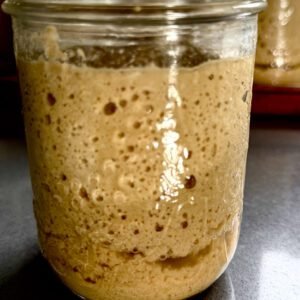
When you’re working with a low carb starter, it’s important to forget everything you know about how a traditional starter behaves. If you’ve worked with sourdough before, this will be a different experience. Your low carb starter doesn’t behave the same way, and that’s because it’s feeding off entirely different ingredients—ingredients that shape its personality in unique ways. This isn’t just about fermentation; it’s about a relationship.
Here’s how you can nurture and recognize a healthy Sinless Sourdough starter:
Give It a Name and Show It Love:
To truly help your starter spring to life, start by giving it a name. I once heard a sourdough baker say that anything that needs to be fed daily to stay alive deserves a name. Name your starter, talk to it, and offer it love and positive energy. After all, it’s a living, breathing organism that’s working hard to help you make magic in the kitchen. Show it some TLC by giving it the attention and care it deserves—because this starter isn’t just about baking; it’s about building a relationship.
Tiny Bubbles and Subtle Activity:
In the early stages, your low carb starter will have tiny, consistent bubbles throughout. Don’t expect it to rise dramatically like a traditional starter would. The wild yeasts in your low carb starter need time to adjust to the new ingredients, and this initial stage is often about tiny bubbles and subtle, but steady, fermentation. It’s all about quality over quantity in the beginning. The tiny bubbles are a sign of activity, even if it’s not as visually striking yet.
Slower Rise and Fewer Feedings:
Don’t expect your starter to rise quickly or dramatically in the early stages. The low carb ingredients take time to ferment. You may see your starter slowly climb to the top of the jar, but don’t be concerned if it doesn’t rise as much or as fast as a traditional starter. That’s perfectly normal. Give it fewer feedings at first—it doesn’t need as much food because it’s still in the “baby” phase. As it matures, you’ll notice faster rises and stronger activity.
Texture Variability:
Unlike traditional starters that are often smooth and pancake-batter-like, your Sinless Starterwill initially be clumpy and runny. You’ll need to stir it to get a more consistent texture. One day it might look clumpy and dense, while the next day it may smooth out. This variability is completely natural and part of the starter’s sensitivity to temperature, energy, and environmental factors. It’s a living organism, and just like people, it has its own personality—so expect some variability. Your starter’s texture will evolve and change with each feeding.
Activity Changes as It Matures:
As your low carb starter matures, you’ll see a mix of small and large bubbles. This means it’s getting stronger and more active. At first, you’ll only notice tiny bubbles, but with time, those bubbles will become more pronounced and varied. It’s a sign that the fermentation process is taking off.
Faster Hooch Production:
In the early stages, your starter won’t produce hooch (the liquid layer on top) because you’re feeding it regularly, preventing it from getting hungry. But as your starter becomes more robust, you’ll notice hooch appearing more quickly. This is a good thing—it means your starter is getting stronger and thriving.
By nurturing your starter with positive energy, quality ingredients, and lots of love, you’ll help it grow into a thriving, active organism that produces amazing low carb loaves.
What are some of the health benefits of a Low Carb Living Starter?

When you use your Sinless Sourdough living starter with other ingredients to prepare low carb bread and baked goods, you’ll benefits from a plethora of health benefits.
Here are a few:
1. High in Fiber, Low in Carbs
Sinless Sourdough is packed with fiber—up to 42 grams per serving (depending on the recipe)—and contains less than 10 net carbs per serving. This makes it the perfect choice for those on a low-carb or ketogenic diet, helping to regulate digestion, curb hunger, and keep you feeling fuller for longer.
2. Packed with Probiotics
Rich in probiotics like lactobacillus, Sinless Sourdough promotes gut health by supporting a balanced microbiome. The fermentation process increases digestibility, allowing your body to absorb more nutrients from the bread, while enhancing digestive health and immune function.
3. Supports Your Metabolism
The prebiotics in Sinless Sourdough nourish your gut microbiome, which plays a crucial role in optimizing metabolism and digestive efficiency. This makes it an excellent option for those looking to boost metabolism naturally, improve digestion, and enhance overall metabolic health.
4. No Blood Sugar Spikes
Sinless Sourdough has a low glycemic index, meaning it won’t cause the blood sugar spikes associated with traditional breads. By avoiding rapid blood sugar fluctuations, it helps maintain steady energy, reduce cravings, and keep insulin levels balanced throughout the day.
5. Promotes GLP-1 Secretion
The natural fermentation process of Sinless Sourdough supports the secretion of GLP-1 (glucagon-like peptide-1), a hormone that helps regulate appetite and improve glycemic control. This results in reduced hunger, longer-lasting fullness, and better overall blood sugar management.
6. Supports Muscle Growth and Recovery
For fitness enthusiasts and weightlifters, Sinless Sourdough offers a protein boost when made with high-protein, low-carb ingredients like almond flour or flaxseed meal. These ingredients contribute to muscle repair and growth, while the slow-digesting carbs provide sustained energy during workouts, all without spiking insulin levels.
7. Aids in Weight Loss
Thanks to its high fiber and low carb content, Sinless Sourdough helps with weight management by promoting satiety and reducing overall calorie intake. The high fiber content supports digestion and keeps you feeling full longer, making it easier to avoid overeating and maintain a calorie deficit for weight loss.
8. Rich in Healthy Fats
Many Sinless Sourdough recipes incorporate healthy fats, such as those from coconut flour, flaxseed, and almond flour. These fats are essential for heart health, cognitive function, and hormone regulation, while also helping you feel satisfied after meals, reducing the urge for unhealthy snacking.
9. Gut Health Boost
The combination of probiotics, prebiotics, and fiber in Sinless Sourdough supports optimal gut health. A balanced gut microbiome is not only vital for digestion but also plays a significant role in immune function, mental health, and even weight regulation. By nourishing the gut, Sinless Sourdough helps improve overall well-being.
10. Sustainable Energy for Active Lifestyles
Sinless Sourdough provides slow-releasing energy due to its low glycemic index and fiber content. This makes it an excellent choice for those leading active lifestyles, providing the sustained energy needed for workouts, endurance activities, and even long workdays without the risk of energy crashes associated with high-carb foods.
FYI: SOURDOUGH MEDICAL STUDIES AND REVIEWS:
Here they are:
- Does Sourdough Bread Provide Clinically Relevant Health Benefits?: Link: https://pmc.ncbi.nlm.nih.gov/articles/PMC10399781/
- The Sourdough Microbiome : Link: https://asm.org/articles/2020/june/the-sourdough-microbiome
- Sourdough Microbiome Comparison and Benefits: Link: https://pmc.ncbi.nlm.nih.gov/articles/PMC8306212/
- Nutritional Benefits of Sourdough; Systematic Review : Link: https://pubmed.ncbi.nlm.nih.gov/36811591/
- Use of sourdough in low FODMAP baking : Link: https://pubmed.ncbi.nlm.nih.gov/29932101/
Disclaimer:
All information provided on this website regarding the health benefits of sourdough low carb bread is intended for educational purposes only. The content presented is not meant to be taken as specific medical advice for any individual. It should not be considered a replacement for professional medical guidance or treatment. If you have any health concerns, especially related to diabetes, pre-diabetes, or any other medical condition, please consult with a healthcare professional immediately.
Introducing Sinless Sourdough “Starter + Membership” and “Global Heritage Collection”

Stop sacrificing flavor for your health goals – our authentic heritage sourdough starters have been specially adapted for low-carb baking
Sinless Sourdough™ Starter + Membership Includes:
Limited Time Offer: 82% OFF – Only $19.99 Today (Regular Price: $113)
- Authentic Heritage Starter shipped directly to your door
- Complete Video Training Library showing you step-by-step how to create:
- Artisan boules and batards with delicious crispy crust and soft interior
- Crisp French baguettes for the dinner table or as crostini
- Chewy Montreal-style bagels that won’t spike your blood sugar
- German street pretzels with authentic alkaline crust
- Convenient everyday bread machine loaves for sandwiches
- Supportive Community of fellow low-carb bakers to share your journey
- Extensive Recipe Collection for using sourdough discard (nothing goes to waste!)
“After years of disappointing low-carb bread experiments, Sinless Sourdough changed everything. I’m enjoying real sourdough again without the carb guilt!” — Maria T.
“My family can’t tell the difference between these loaves and traditional bread. The starter is incredibly active and the results are amazing!” — James K.
🔥 CLAIM YOUR MEMBERSHIP NOW 🔥
Use code: Sinless82 at checkout Offer expires soon! Limited starter batches available
82% OFF TODAY FOR MEMBERSHIP
Sinless Sourdough™ Heritage Collection

Transform your low-carb baking with our Global Heritage Collection featuring unique starters from historic moments across continents. Each brings its own personality and flavor profile while maintaining excellent nutritional values—just 1g net carbs compared to 8-10g in traditional starters.
Choose from:
- 1849 San Francisco Gold Rush – Authentic California sourdough character
- 1898 Yukon Gold Rush – Subtle tanginess with notes of butter
- 1847 Oregon Trail – Rustic character with exceptional rise
- 1000-Year-Old Italian Monastery – Delicate complexity with ancient lineage
Each starter connects you to centuries of baking tradition while supporting your modern low-carb lifestyle. Our proprietary transformation process preserves their unique characteristics while adapting them for health-conscious baking.
When you purchase any Sinless Sourdough™ starter, you receive our comprehensive onboarding sequence teaching you exactly how to revive your dehydrated starter for perfect low-carb, high-protein results every time.
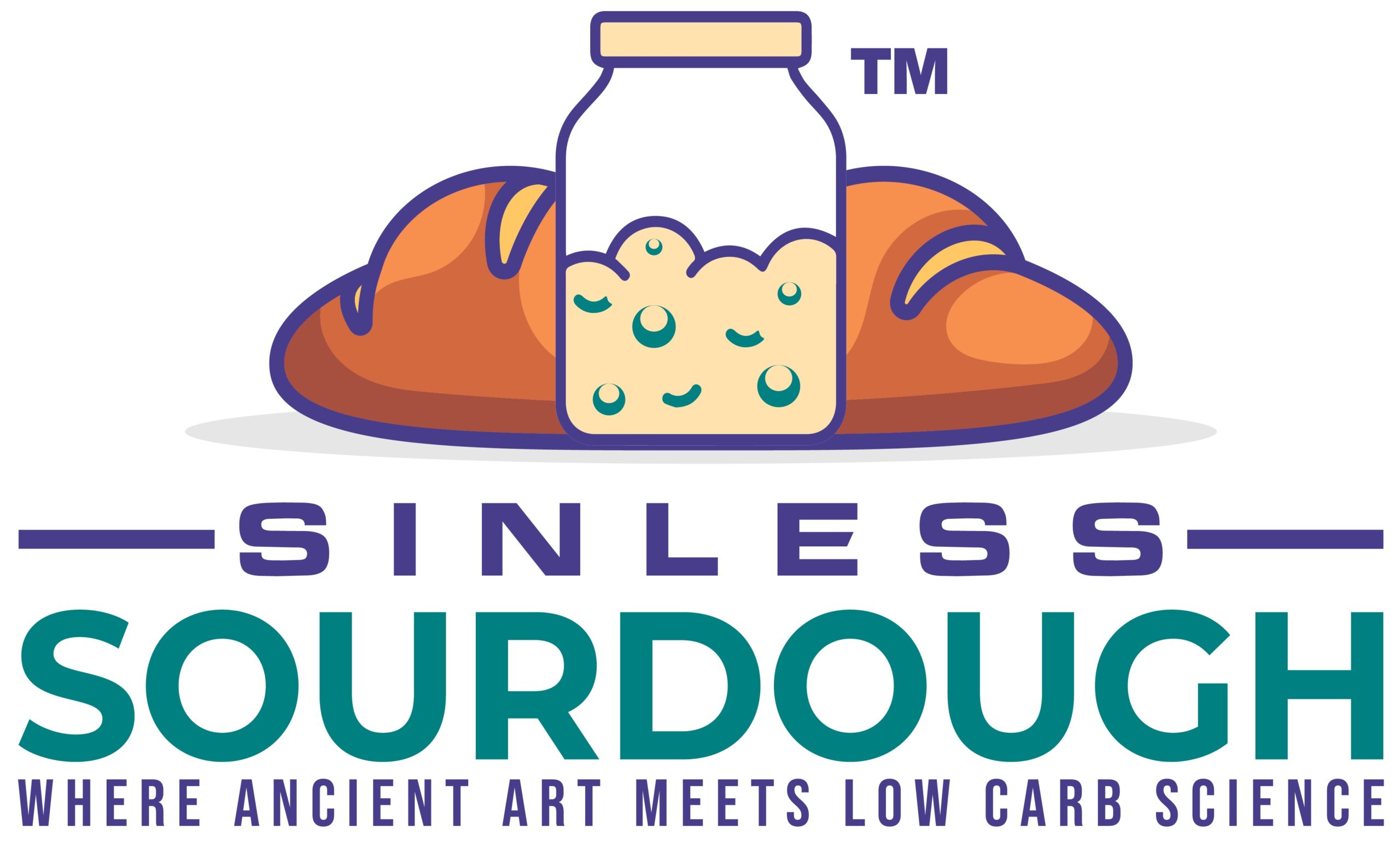





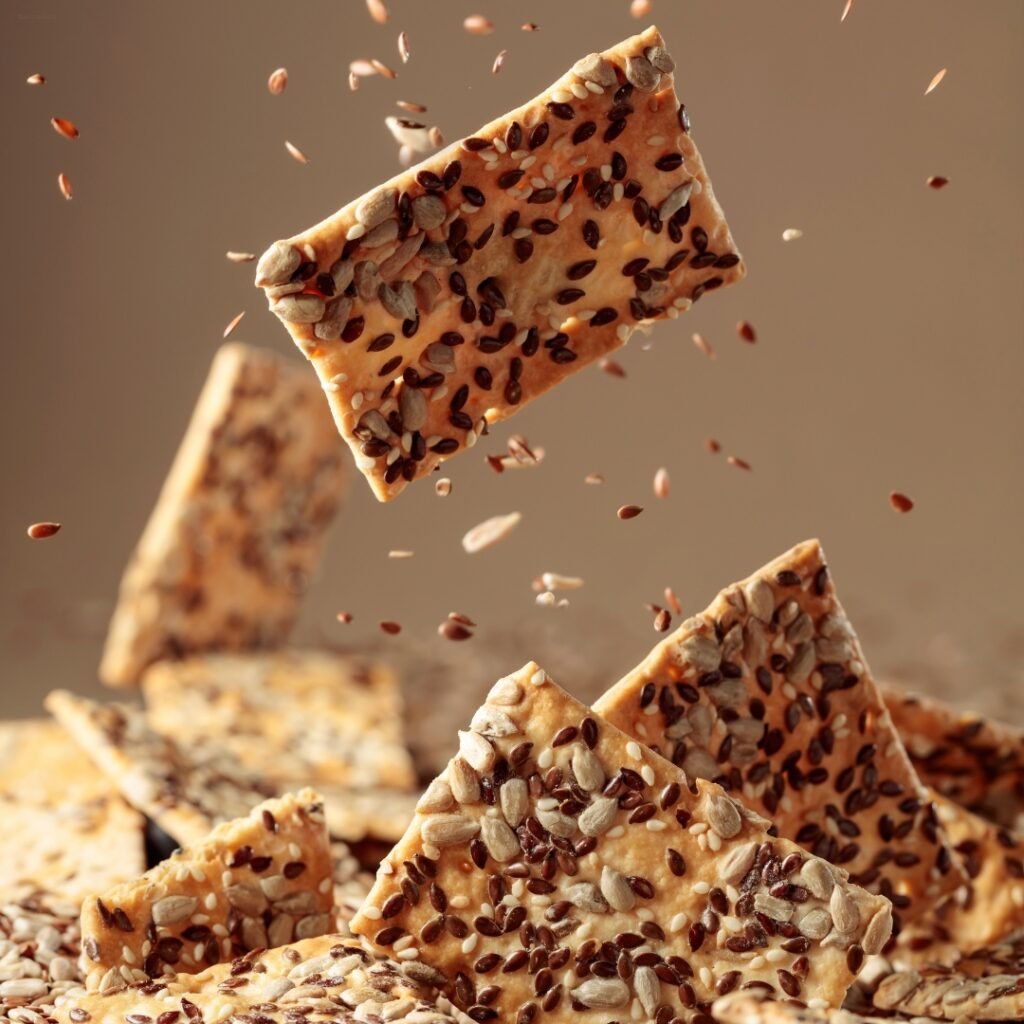
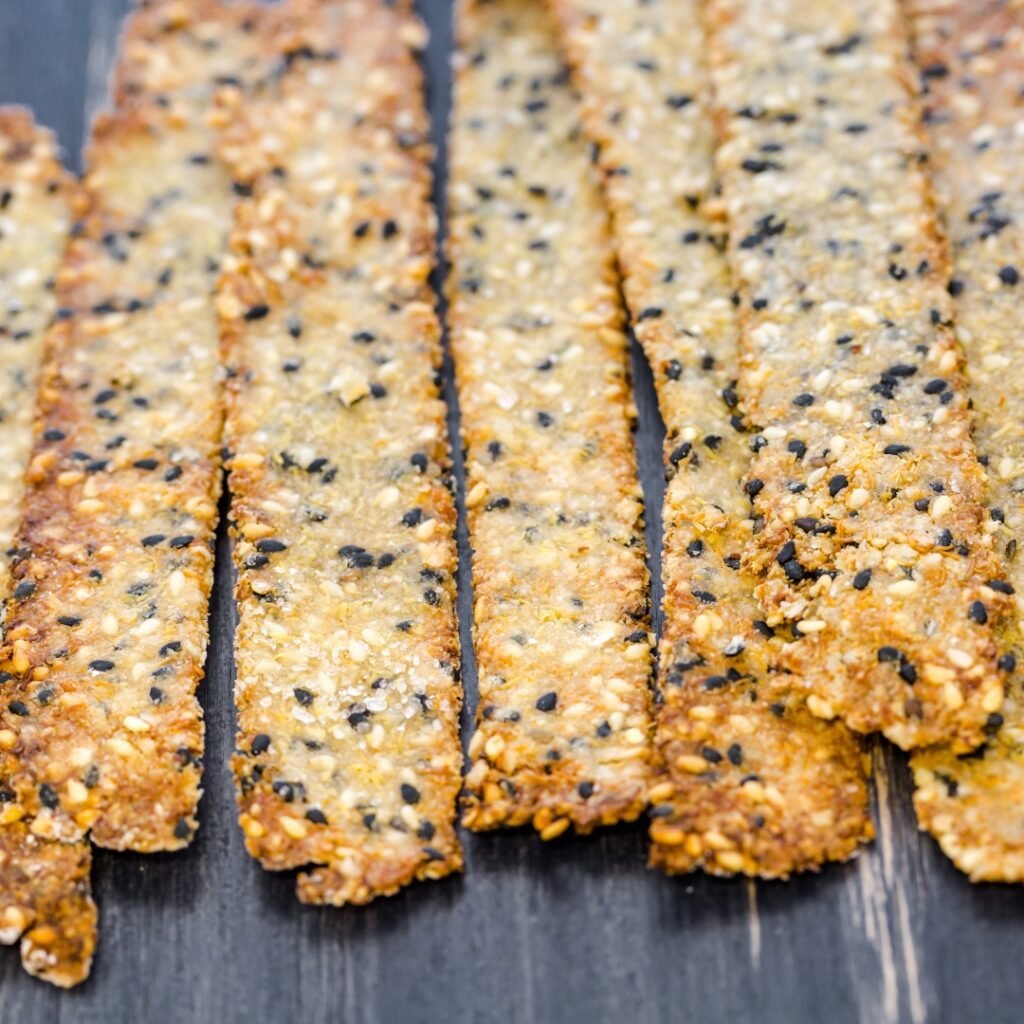
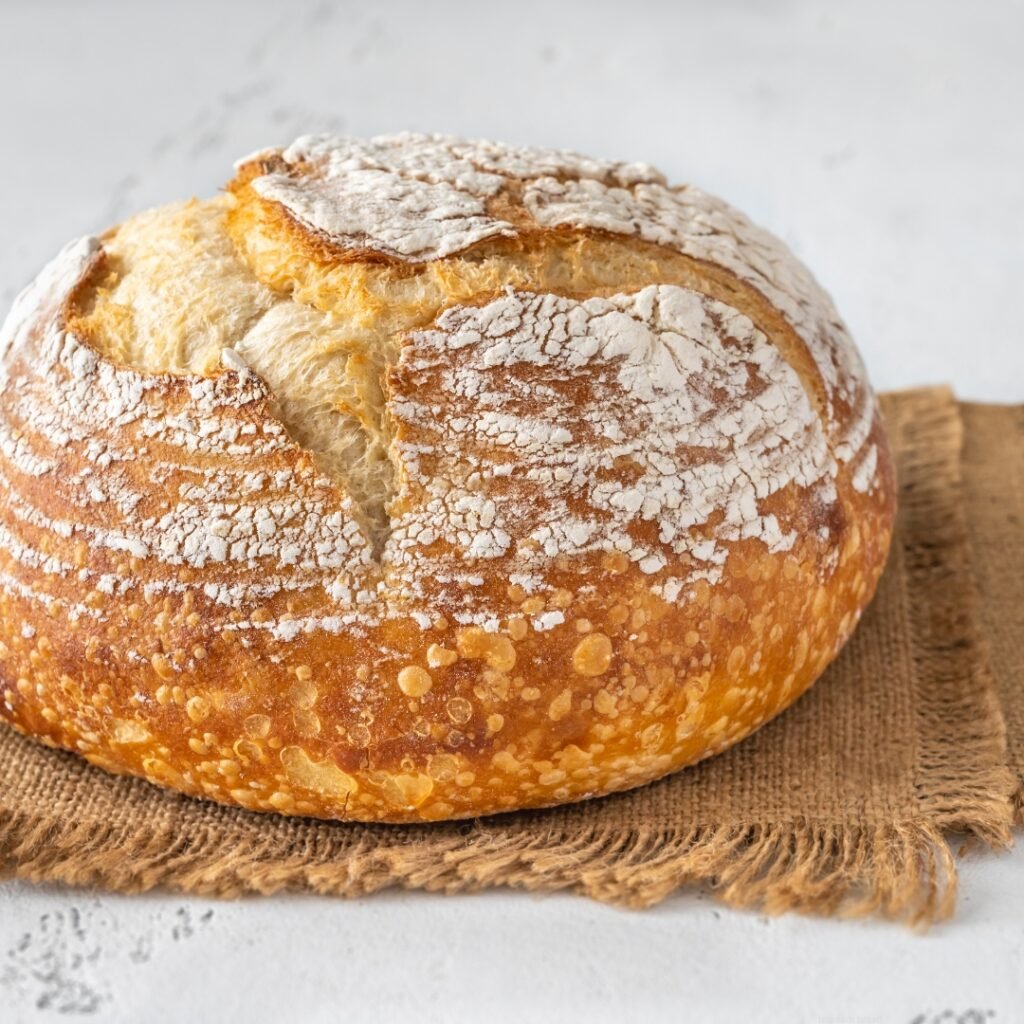
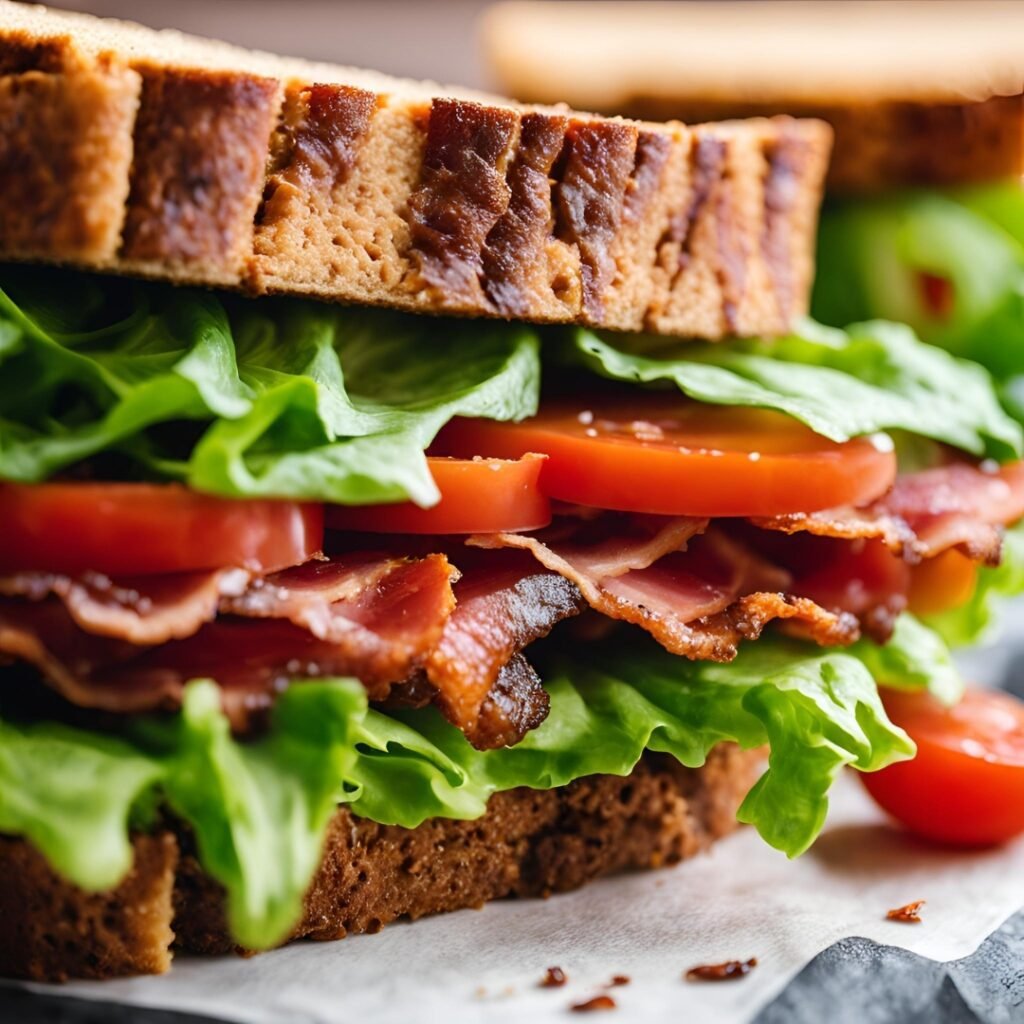
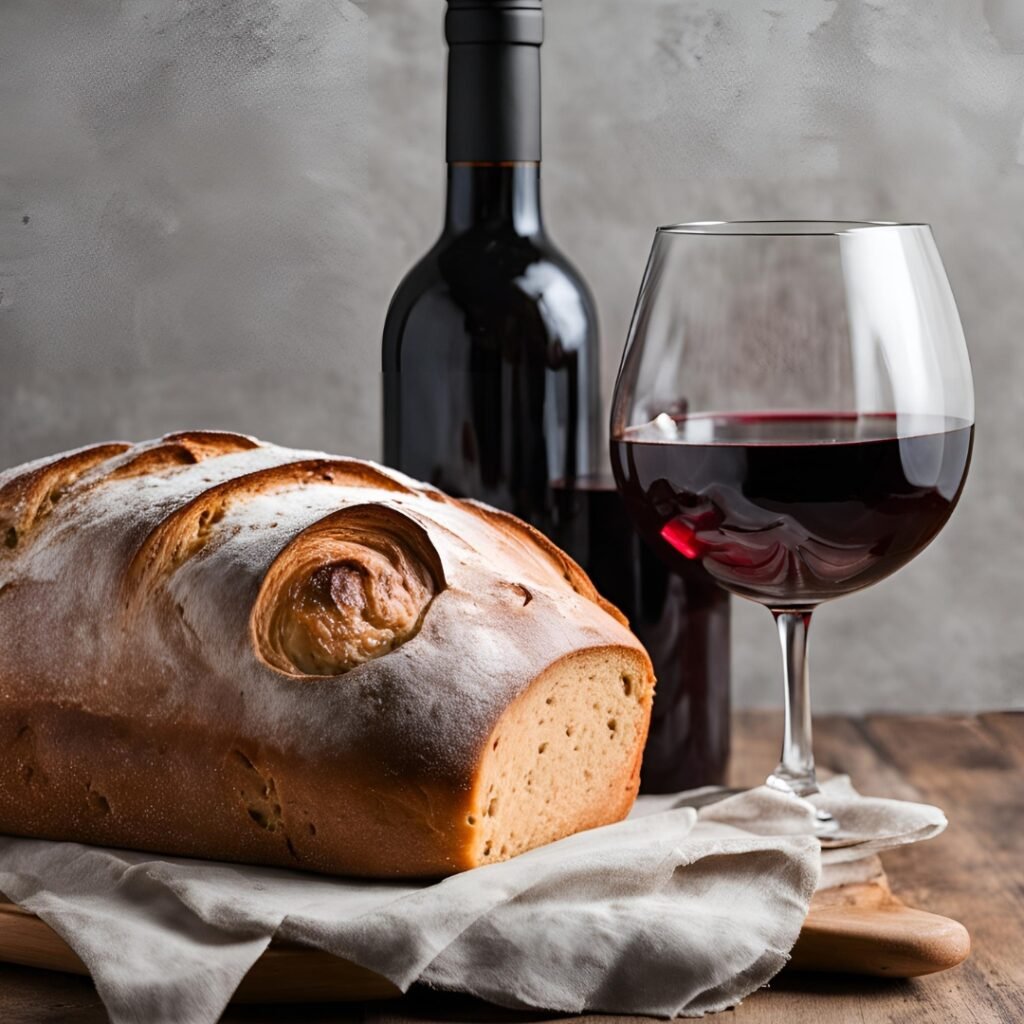
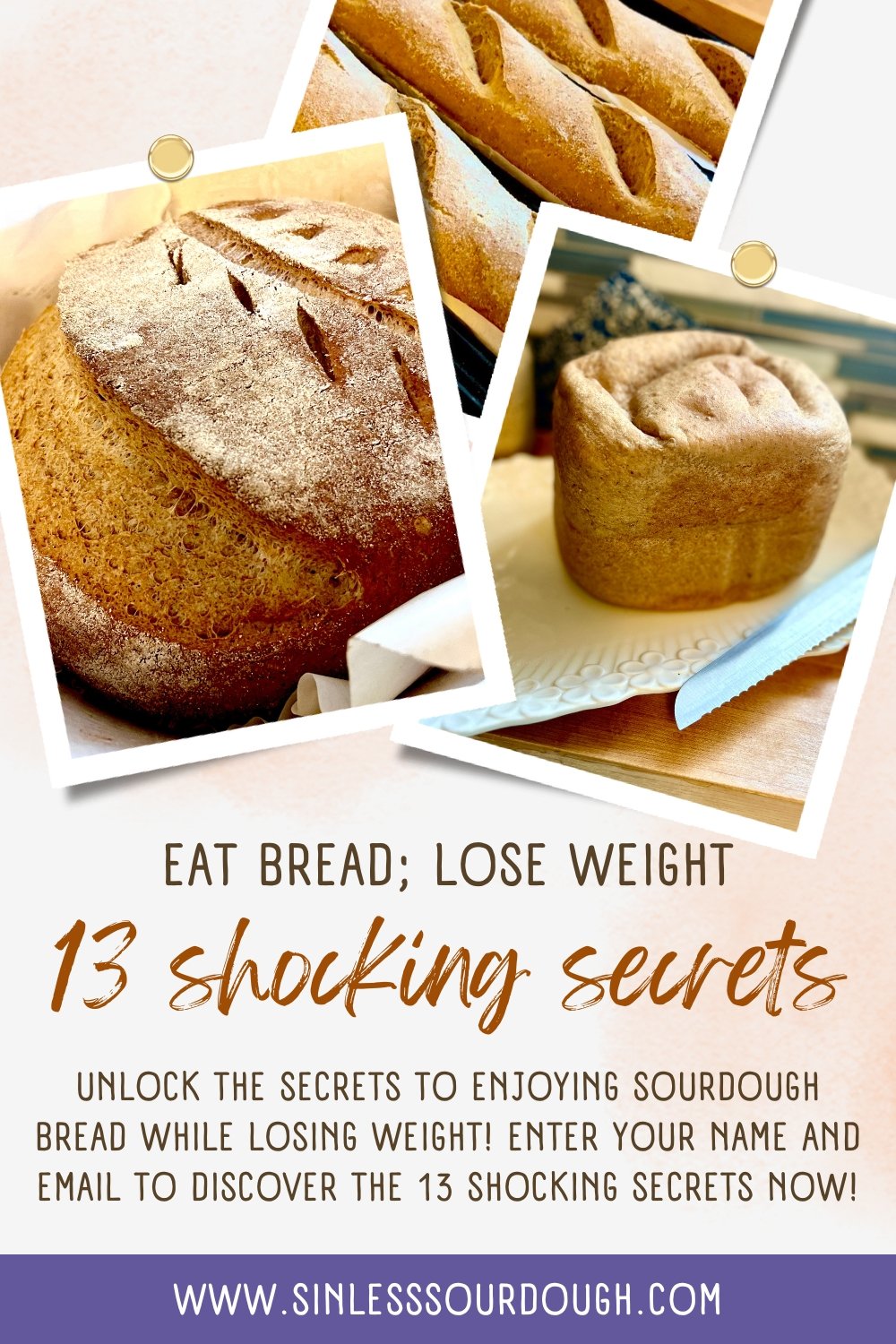
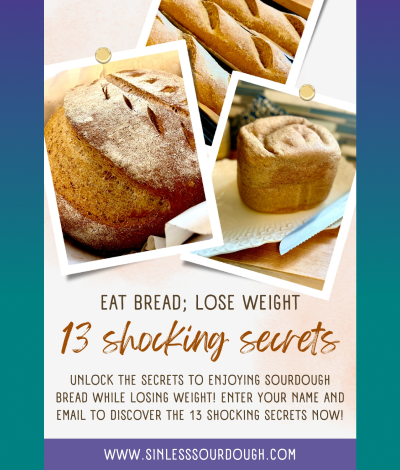
Responses